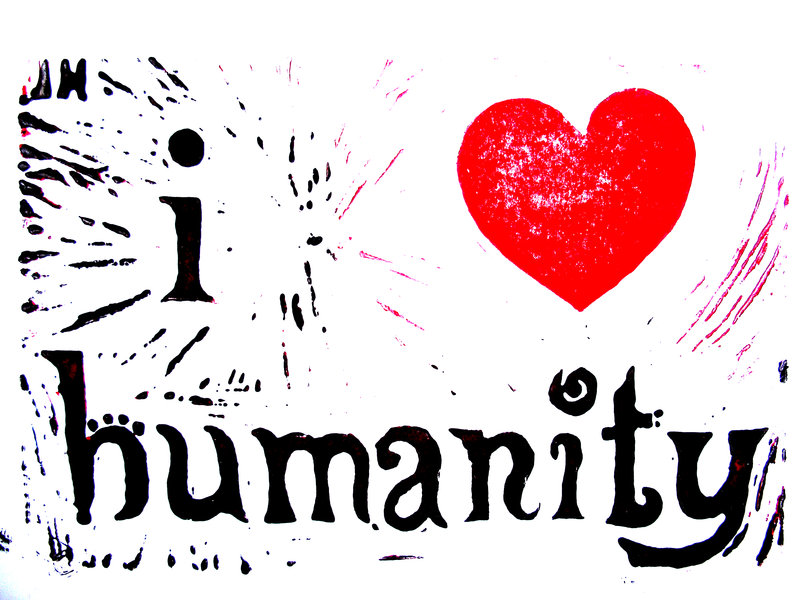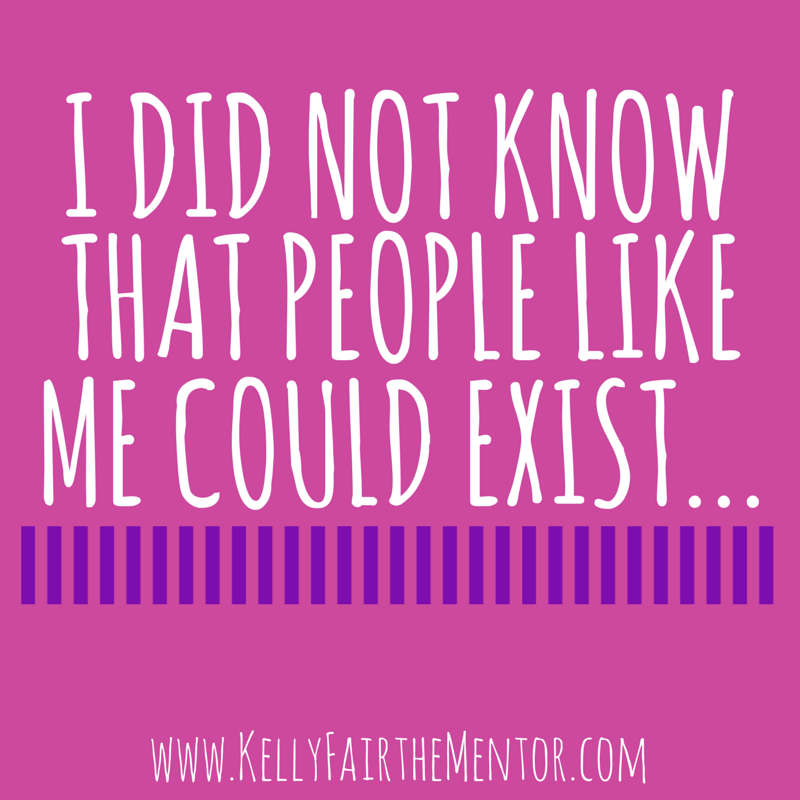Last week we shared with you amazing insights from L’Oreal Thompson Payton. In one of her  responses, L’Oreal shares the definition of philanthropy as “love of humanity”. To close our April theme of Philanthropy and Giving, I want to delve into this definition. When we think about donating money, time, and resources, what does love got to do with it?
responses, L’Oreal shares the definition of philanthropy as “love of humanity”. To close our April theme of Philanthropy and Giving, I want to delve into this definition. When we think about donating money, time, and resources, what does love got to do with it?
Valaida Fullwood, from Black and Brown News, proposes in her article, Love Of Humanity: Let’s Radically Engage In Reclaiming The Root Of Philanthropy, that philanthropy (and love) are inherent in Black America. She writes:
Indignities, inequities and injustices do not simply dissipate; instead, we must come together in systematically uprooting them – the needs are great and the need for unity greater. The times beckon a new era of conscientious philanthropy, rooted in a love for community and expectations of social change. Let this generation, both young and old, embody a social transformation with bold recognition of our power and responsibility to give back.
Black America faces many challenges, not just in daily life but also from large institutions in this country. Fullwood suggests that by loving Black America, we can create sustainable change. An extension of that love is philanthropic giving. If we want to see change, we have to support that change! This radical redefining of philanthropy might change the way you think of giving. Philanthropy is not a single, begrudging act, it is an expression of self, a way of life. Instead of engaging in philanthropy. Be philanthropic. Be love. If philanthropy only takes love, then we all have a little to give.
Let’s reclaim the definition of philanthropy. Let’s love our humanity. Let’s love Black America.


